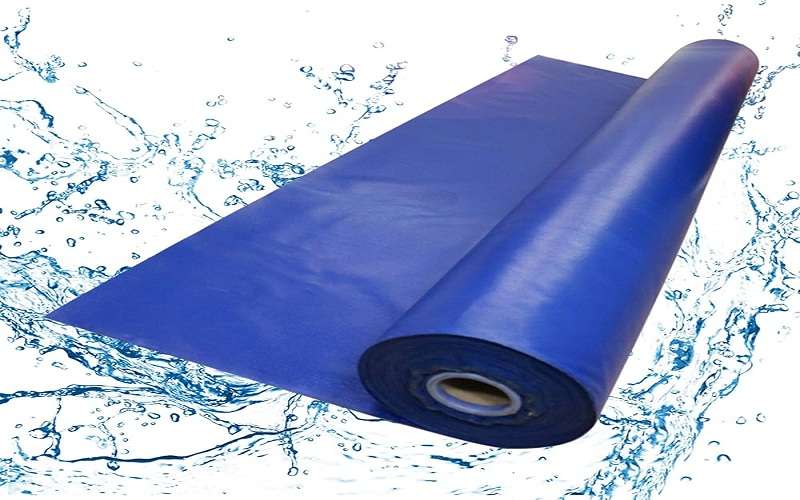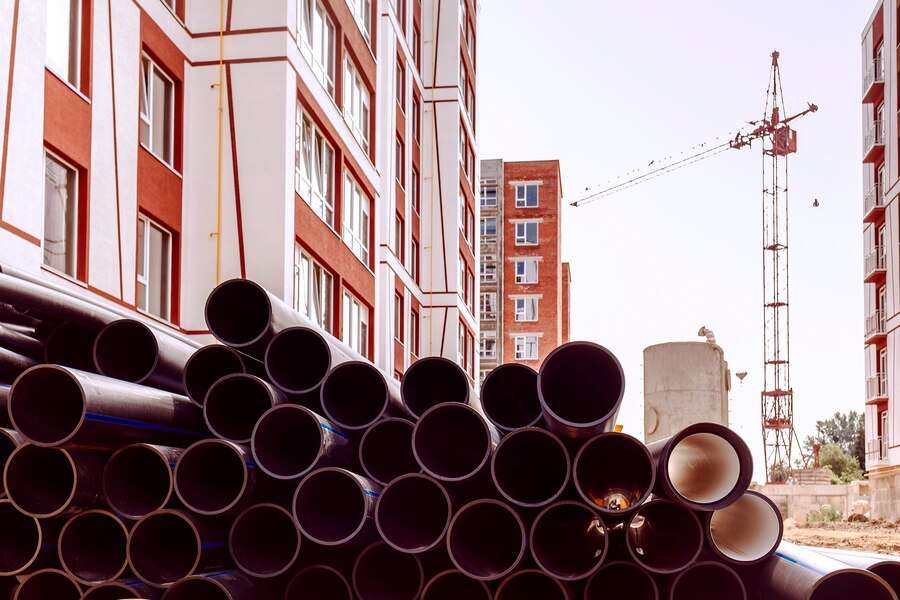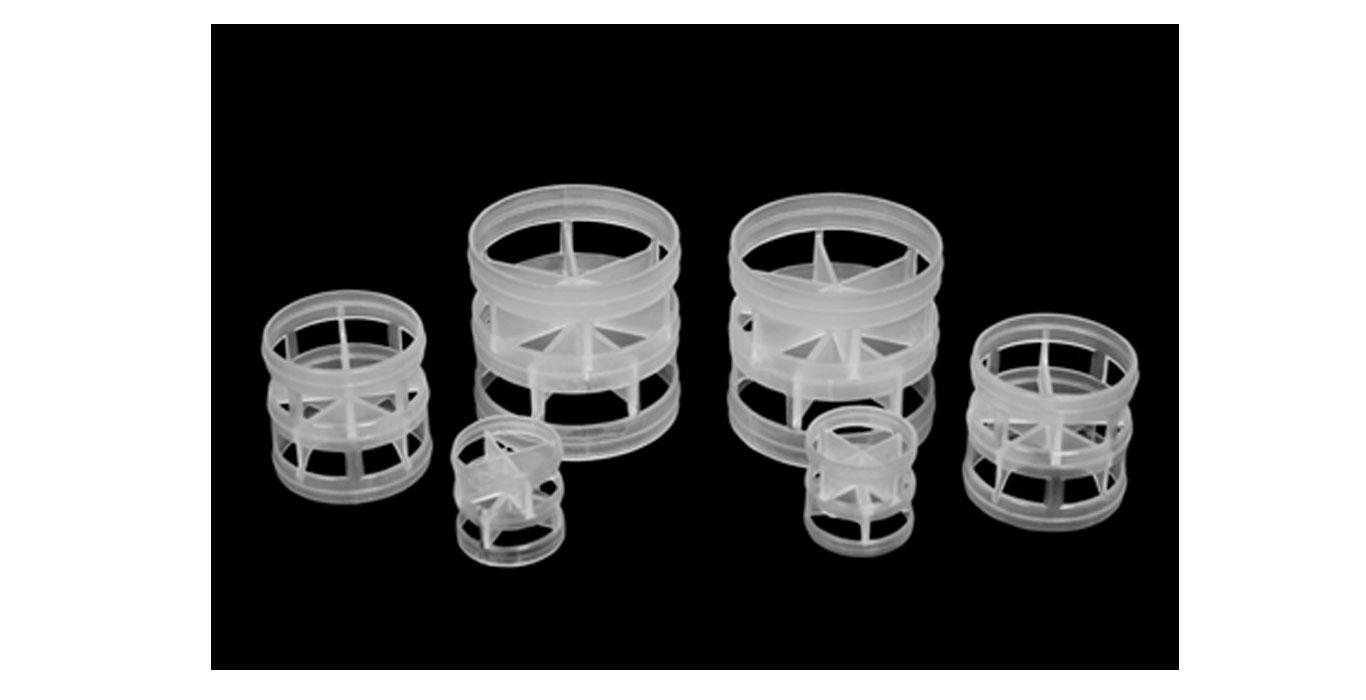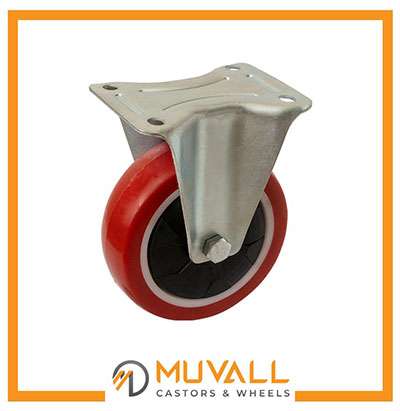Material handling before the introduction of conveyor belts required a tremendous amount of work, time, and people. But with the advent of the Conveyor Belt, the manufacturing and transportation processes have become more efficient and hence more profitable.
As a result, conveyor belts have become an essential part of the material handling sector, and they are most typically employed to carry bulk items.
There are two or more pulleys, often called drums, in a belt conveyor system, and the belt forms an unending loop. The belt gets redirected by the idler pulley while it gets moved by the driving pulley, which is energised but not moving. The Conveyor Belt gets shielded from damage and premature wear with the assistance of side guide rollers.

An Overview
Solid belts manufactured from rubber or textiles like nylon, polyester, nitrile, or neoprene are the most frequent varieties of conveyor belts. The appropriate kind of belt material for your needs will depend on how you plan to utilise it. For instance, the mining and milling sectors often use rubber conveyor belts, but mostly the PVC belts get utilised.
For industrial belting solutions, it is advisable to get familiar with the relationship of temperature with conveyor belts.
Importance Of keeping Optimum Temperature Around The Conveyor Belt
Do you have an idea of the temperature that is often present in the area surrounding your conveyor belt and the maximum amount of heat and cold it can withstand?
It is essential for a business from a financial and a production standpoint to be aware of the ideal temperature for a belt and the most effective material to use for it.
It is common practice to use thermometers in settings that experience temperatures that are either very low or extremely high, such as freezers and deep fryers, to get a more accurate reading of the precise temperature present. However, it is far more challenging to predict the temperature in most scenarios where the air circulates the conveyor belt, such as within a conveyor oven.
Your conveyor belts must resist the surrounding temperature, regardless of whether you will be using them in an area that is cold, humid, hot, or dry.
What Happens When Wrong Conveyor Belt Gets Used?
If your organisation uses an improper conveyor belt, there is the potential for significant negative repercussions. A material that is not resistant to a given temperature will wear out more quickly and may cause harm to the goods that are getting transported. Additionally, the belt will be more prone to breaking, and it will need to be changed more often.
A belt manufactured from a material that shows thermal resistance can prevent your firm cause unnecessary expenditures. Therefore, if you measure the temperature more properly, you may either save money or even make money for yourself.
Factors Affecting Thermal Resistance!
A third element that influences resistance is the product’s temperature. It is common for small plastic components ejected from an injection moulding machine to get heated before landing on the conveyor belt. The genuine Heat Resistant Conveyor Belt Manufacturers & Conveyor Belt Suppliers In India confirms that the belt does not need to withstand particularly high temperatures in this situation.??
Products with more volume and density, like a loaf of bread from a bakery, store heat differently and need more time to cool. The belt must be able to withstand high temperatures. Temperature resistance is also dependent on the roll diameter hence, a suggested minimum roll diameter is in place. Smaller roll diameters are more challenging and detrimental to use while cold.
What Is A Belt Joint And Its Significances?
When temperatures are greater, the most vulnerable part of the belt is the joint. The ability of a belt to withstand a certain temperature mostly gets determined by the belt joint. When the temperature gets raised, the joint is the most vulnerable area, and the junction strength depends on the belt material and the connection. The ability of a conveyor belt to withstand temperatures below freezing is directly proportional to the belt’s elasticity, which in turn is determined by the traction layer, the cover, and the manner of connecting.
Final Words!
If you consider adding a conveyor belt to your manufacturing process, you must know that it’s critical to choose a conveyor that meets your company’s specific requirements. As a company owner, you must learn about the major types of conveyors and match them with your specific needs. If you choose the correct belt, you will improve your assembly line’s efficiency, boost profits, and even help your business develop in ways you never imagined.
Look For Reliable Suppliers!Continental Belting is the top Conveyor Belt Manufacturers & Heat resistant Conveyor Belt Suppliers In India. We supply conveyor belts that can withstand extreme temperature conditions and offers less wear. In addition, if you wish to customise your conveyor as per your application requirements, we are all up for that as well. If you have any questions, please visit our website or give us a call now!









